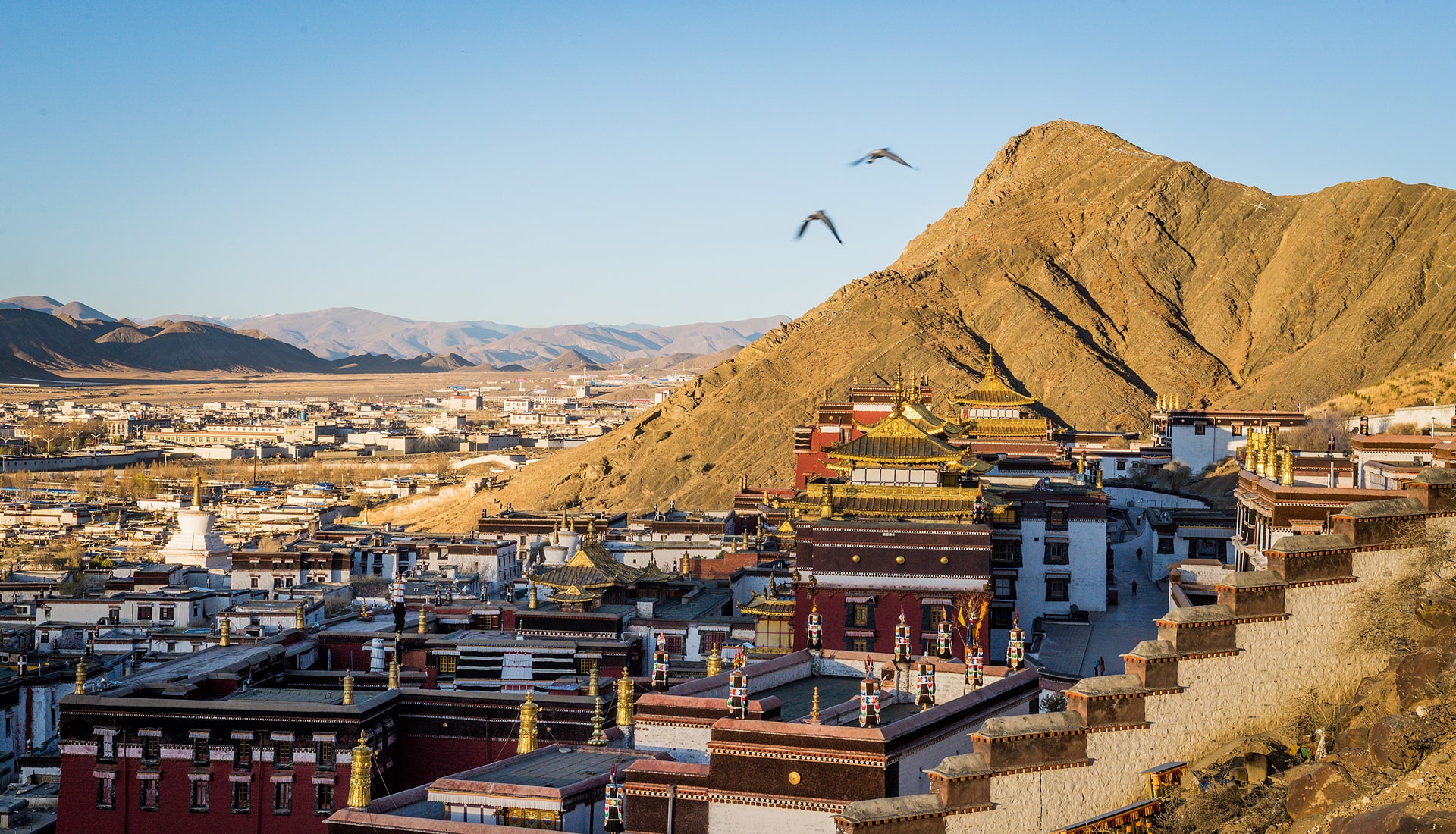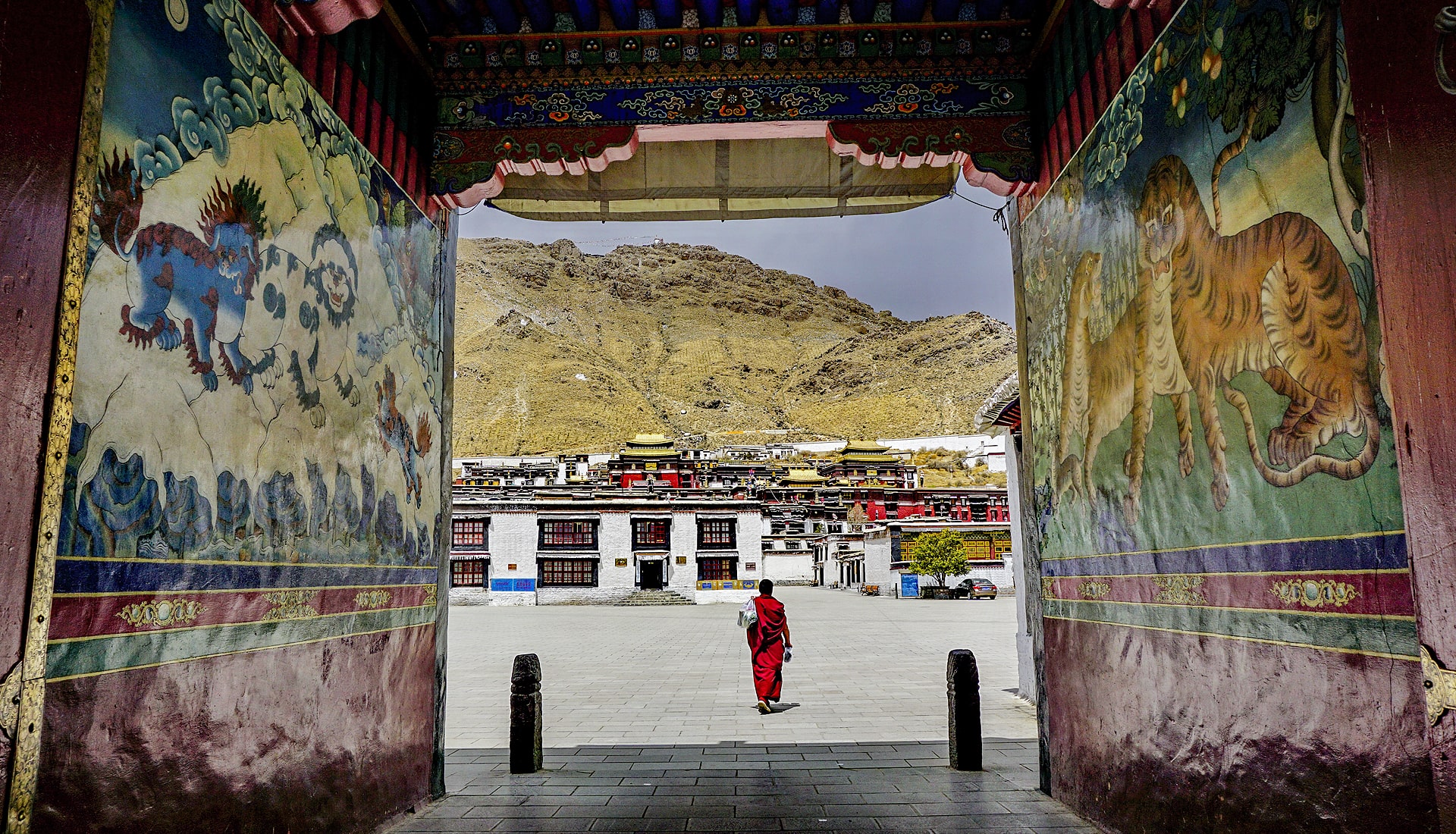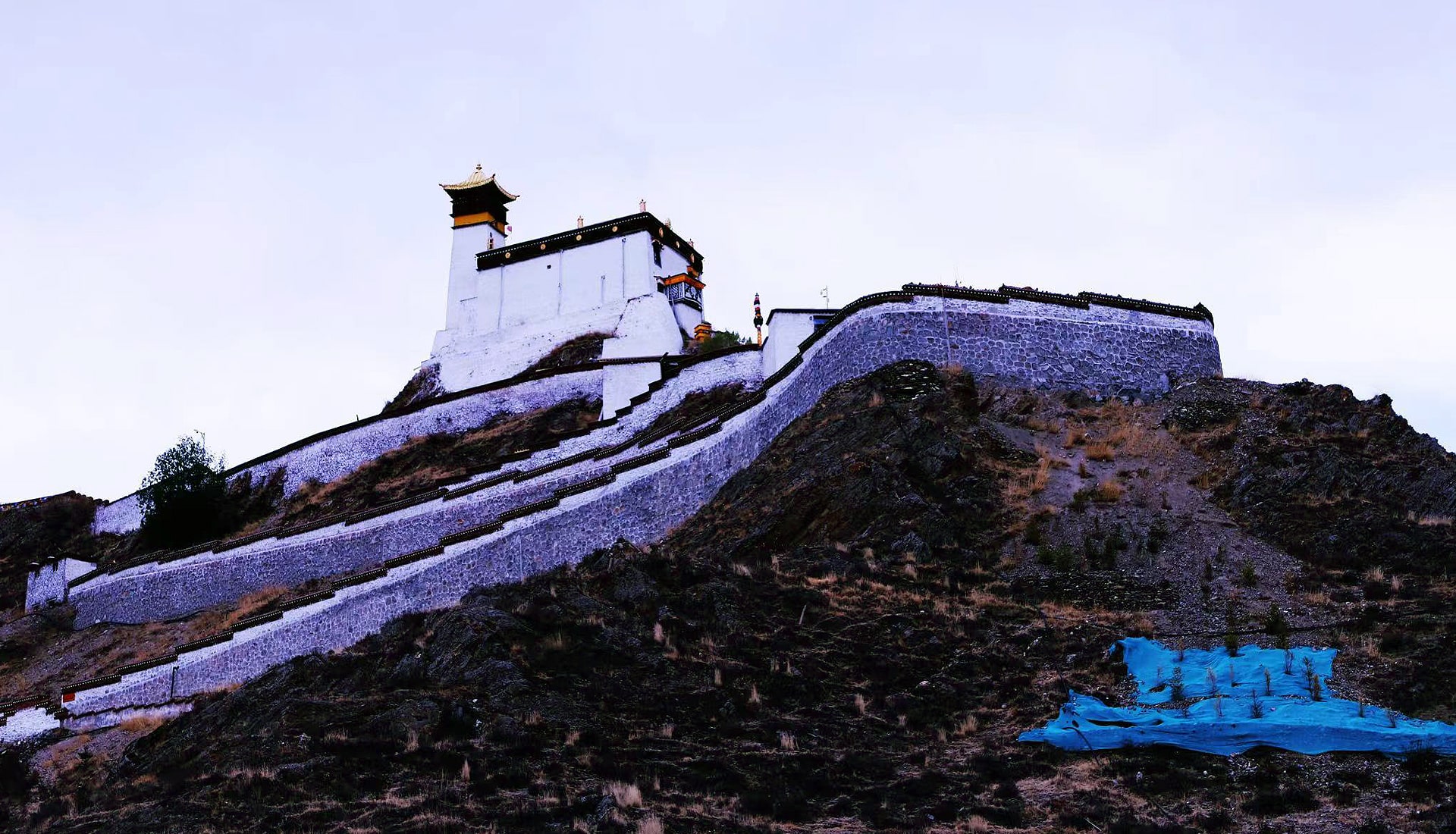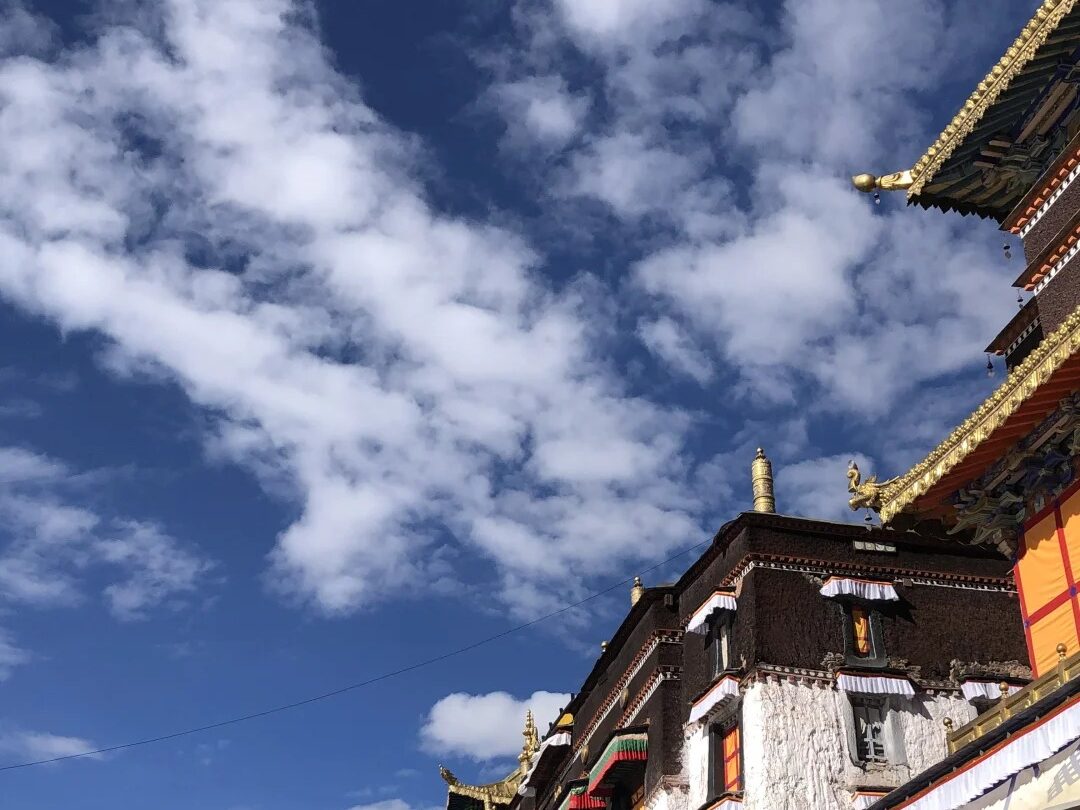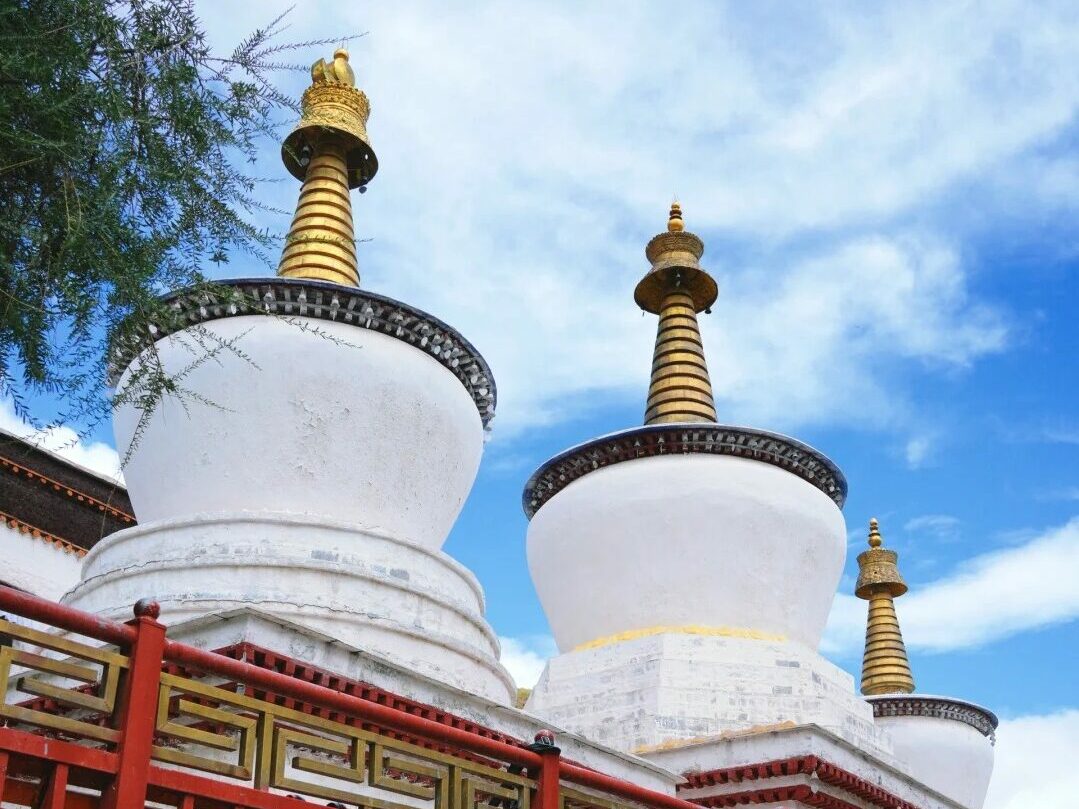Tashilhunpo Monastery: A Spiritual Journey Through Tibetan Heritage
Tashilhunpo Monastery, meaning “Auspicious Sumeru” in Tibetan, is located on the slopes of Mount Nyiser in Shigatse, Tibet. Founded in 1447 during the Ming Dynasty, it is one of the six major monasteries of the Gelugpa (Yellow Hat) school of Tibetan Buddhism. The monastery covers an area of 150,000 square meters, with 57 monk residences and a total of over 3,600 buildings.
Built into the mountainside, the monastery’s architecture beautifully blends traditional Tibetan styles with Buddhist symbolism, showcasing intricate craftsmanship and religious artistry. One of its most awe-inspiring features is the world’s tallest gilded bronze statue of Jampa (the Future Buddha), standing 26.2 meters high. Created by 110 craftsmen over four years, the statue was made using vast amounts of gold and precious stones, radiating sacred grandeur.
The monastery is a labyrinth of golden roofs, red walls, white facades, and black-framed windows, rising in tiers and connecting via narrow alleyways and staircases. It exudes both grandeur and serenity, making it a must-see for photographers and spiritual travelers alike.
One traveler describes the experience:
“Tashilhunpo was by far the most soulful monastery I visited in Tibet. While it may not be as famous as the Potala Palace or Jokhang Temple, it feels far less commercialized. There were almost no tourists—just monks and local villagers moving peacefully between the temples. In March and April, the weather shifts between blooming flowers and snow. Red vermilion walls glowing under snowflakes, bells echoing in the valley, and hundreds of pigeons swirling past golden rooftops… it felt like a divine moment.”
A visit to Tashilhunpo is not just about admiring historic architecture or religious relics—it’s a deep immersion into authentic Tibetan culture and daily life, offering a spiritual and emotional connection that few other sites can provide.

